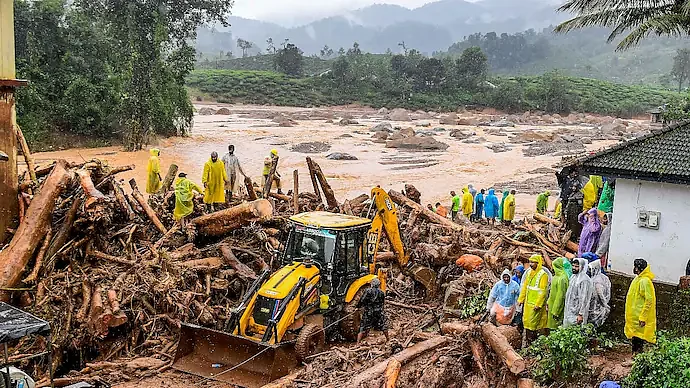In light of the devastating outcomes of the massive landslides in Wayanad, the Kerala police department recently issued warning urging people to refrain from visiting the site of landslide which is widely interpreted as a warning against 'dark tourism', a term referred to visiting locations connected to death and tragedy.
So far, around 250 people have died while hundreds are still missing after five days of tireless rescue operations by the SDRF teams and police since the massive landslides struck Wayanad in the early hours of July 30.
Wayanad tragedy: What is 'Dark Tourism'?
In view of the catastrophic event, the Kerala Police department recently posted a warning on social media and wrote, “Please don't go to disaster areas for sightseeing. It will affect rescue operations.”
Historically, the term 'dark tourism' is defined as visiting locations connected to historical suffering or disaster death and tragedy. The term was coined by J. John Lennon and Malcolm Foley of Glasgow Caledonian University in 1996. The destinations considered as sites for dark tourism often include places of atrocities, natural disasters and genocides.
However, besides inflicting negative feelings, the dark tourism sites often serve as an instrumental tool in educating people by means of engaging with history as physical presence at the site plays a crucial role in realising the magnitude of the event in a more tangible form.
A few of the world's more widely known dark tourism sites include Ukraine's Chernobyl ( the site of 1986 nuclear disaster), Auschwitz (the largest Nazi concentration camp during World War II) and Pompeii ( th ancient Italian city buried by the eruption of Mount Vesuvius in AD 79.)



















